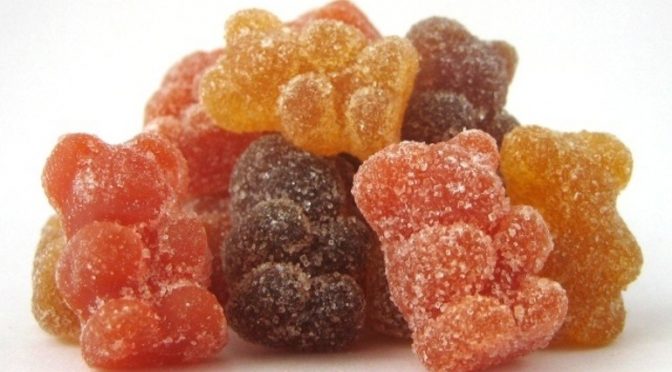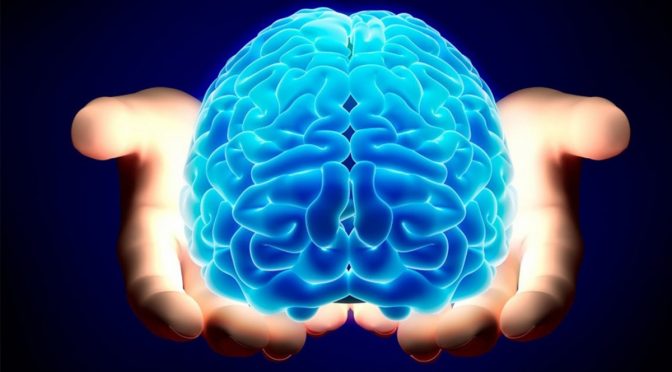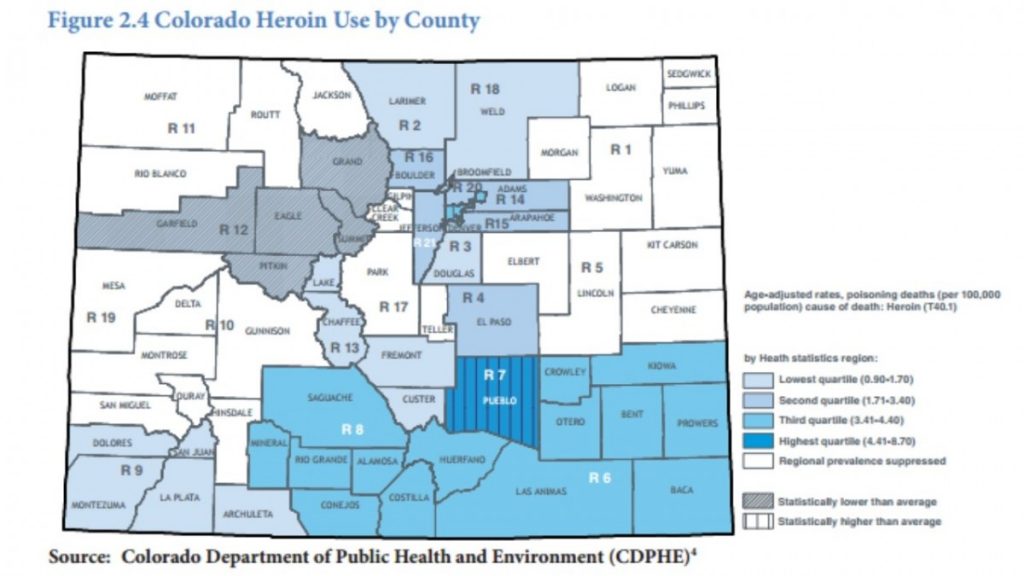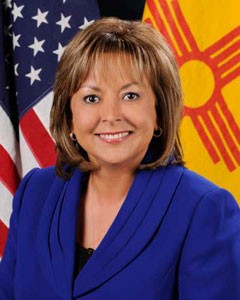Gummy bears in Southern Maryland Middle School
Five schoolchildren were hospitalized in southern Maryland after a middle school student brought and shared marijuana-laced food to school. Following an investigation, the St. Mary’s County sheriff has charged a father from Great Mills with reckless endangerment.
The man’s daughter and four other students had a reaction to marijuana laced gummy bears on January 2, the first day after winter break. All five students reported feeling ill, and they were taken to the hospital in Leonardtown. All children survived and went home to their parents or guardians, but not without a lot of drama. The event triggered a police investigation, and a father has been charged.
In the affidavit filed, the father claims that “the edible gummy candies were given to him by an associate who came to his house for a party.” This man left his candies in a plastic bag in his bedroom, knowing they were easily accessible to the daughter.
Maryland’s “medical” marijuana program opened its dispensaries about two months ago. Southern Maryland Relief, LLC, is the only dispensary in southern Maryland.
Marijuana gummy incident in New Mexico
Also in January, a fifth grader in New Mexico brought gummy bears to school, perhaps unaware that they were tainted with THC. The girl shared the candy with fourth graders at Albuquerque School of Excellence’s cafeteria. Three students ate a single gummy, and the girl who brought the THC-laced gummies ate three or four pieces. A local TV station reported the incident on January 18.
The gummies, brought from home, came from a box labeled ‘Incredibles.’ ‘Incredibles’ brand medical marijuana told a TV station they do not make gummy bears and suspect someone counterfeited the logo.
The school suspended the girl for one week, although the administration believes it was an accidental mistake. The girl’s parents said the candies were medicinal. But it shouldn’t be so hard to keep medicine away from children without getting other people’s children sick, too.
Last week in Chicago, many students became sick after eating tainted gummies and chocolates. Fourteen students from the elementary school in Humboldt Park needed to be hospitalized.
The Maryland, llinois, New Mexico incidents demonstrate how difficult is to control access to children once a state legalizes “medical” marijuana. We reported several other incidences of school children accessing gummies and other treats last year.
Judicial overreach in Illinois leads to judge’s flawed decision
Medical marijuana advocates want and need chronic patients. There’s no evidence that marijuana cures pain. It only lessens pain for a brief period of time. Anyone who uses marijuana for pain will have to come back for more. Americans for Safe Access, a stepchild of Drug Policy Alliance and Marijuana Policy Project, has at least two staff members working full-time to lobby for Big Marijuana, suggesting that it’s as an alternative to pain pills.
Last week Judge Mitchell of Cook County declared that the state of Illinois must expand qualifying conditions for medical marijuana to include pain. The ruling came after a lawsuit filed by Ann Mednick, 58, who says she needs it for osteoarthritis. Ann uses pain pills, but wants a treatment with fewer side effects.
Since when are judges allowed to decide on science and medicine? Never, but the case was litigated in a very corrupt county, Cook County, Illinois. (Is corruption the reason why media reports are not reporting that the tainted candy in Humboldt Park had THC?)
The ruling came at the same time when two other big stories to contradict the judge’s decision are also in the news.
Charles Johnston, a man from Illinois was recently arrested in Iowa for shooting at trucks indiscriminately, due to a grudge. When police searched his car, they found prescription pill bottles full of marijuana, a marijuana pipe and a cigarette box with a marijuana joint. Obviously, Mr. Johnston’s use of marijuana for pain triggered a violent eruption, possibly with psychosis. Johnston teaches Psychology at Harper Community College, which also happens to be in Cook County.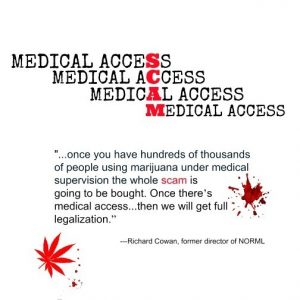
Medical Marijuana Fraud in Canada
It would be interesting to know if Judge Mitchell and Ann Mednick heard about what happened to another woman who took “medical” marijuana for her arthritis pain.
Dawn Rae Downton, 60, took marijuana for inflammatory arthritis and developed constant vomiting, according to reports from Canada. Downton, 60, is suing a dispensary in Nova Scotia for giving her eight months of sickness from their tainted product. Massachusetts and California, as well as Canada, have had widespread problems with tainted marijuana products, especially those claiming to be “medical.”
As New York Mayor Michael Bloomberg warned in 2014, medical marijuana is slippery slope. It poisons people while creating addiction, including children who will always be attracted to gummy bears. Big Marijuana pushes its agenda quickly in order to avoid exposure of their medical scam.

